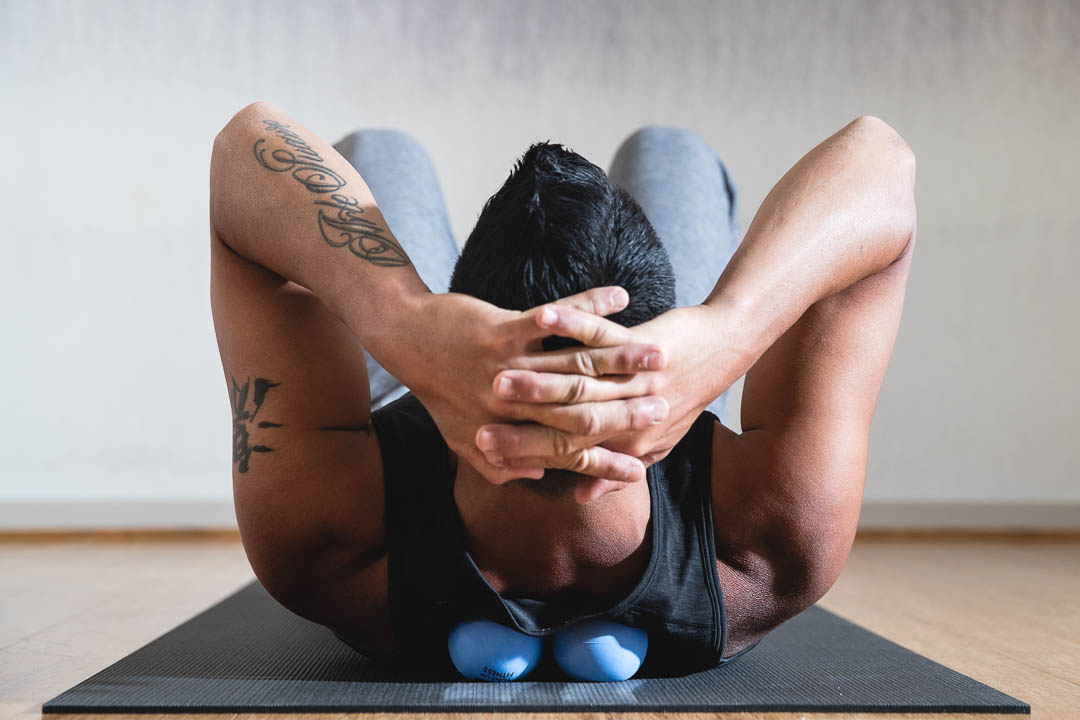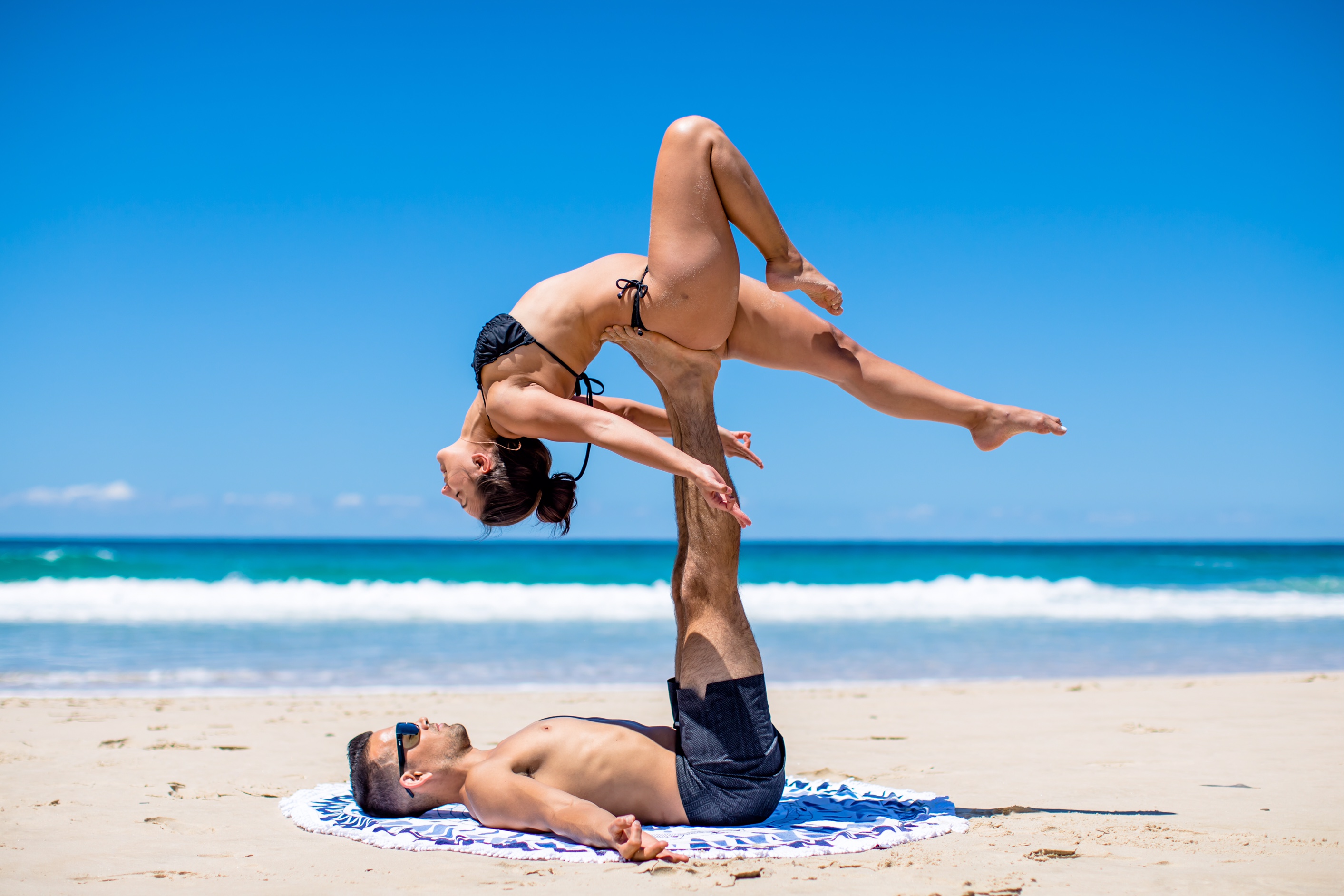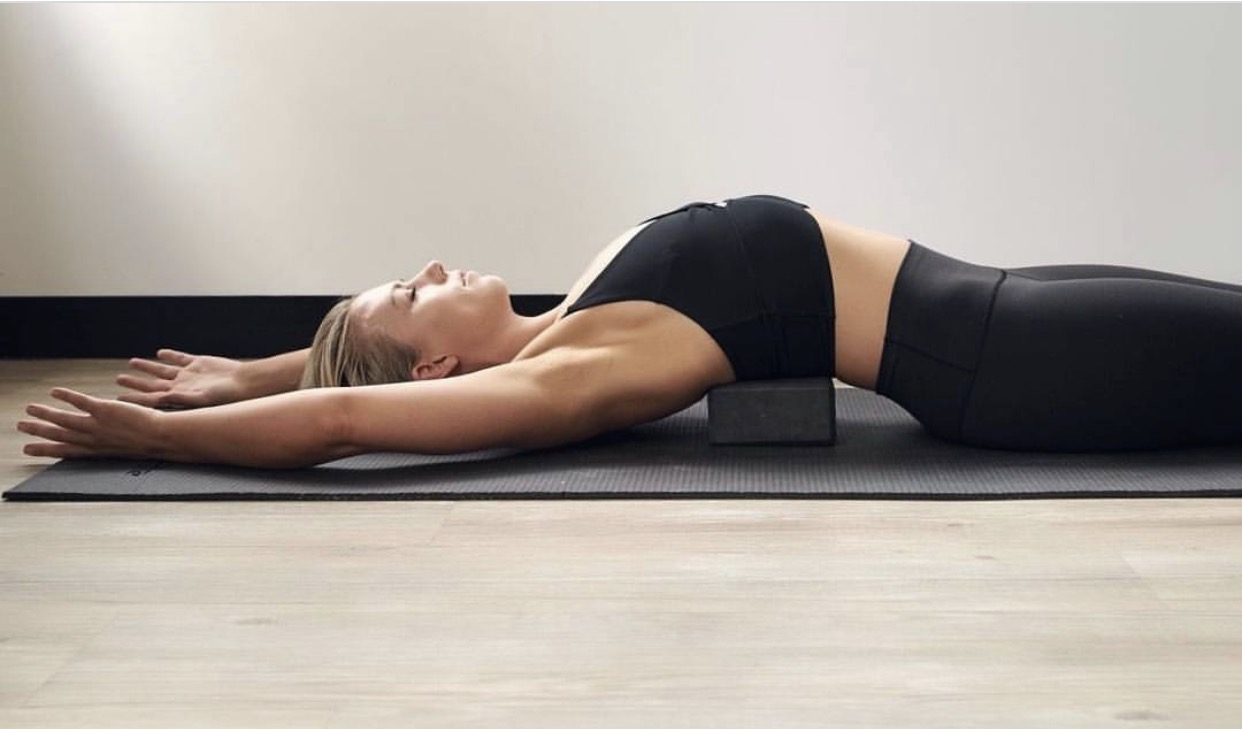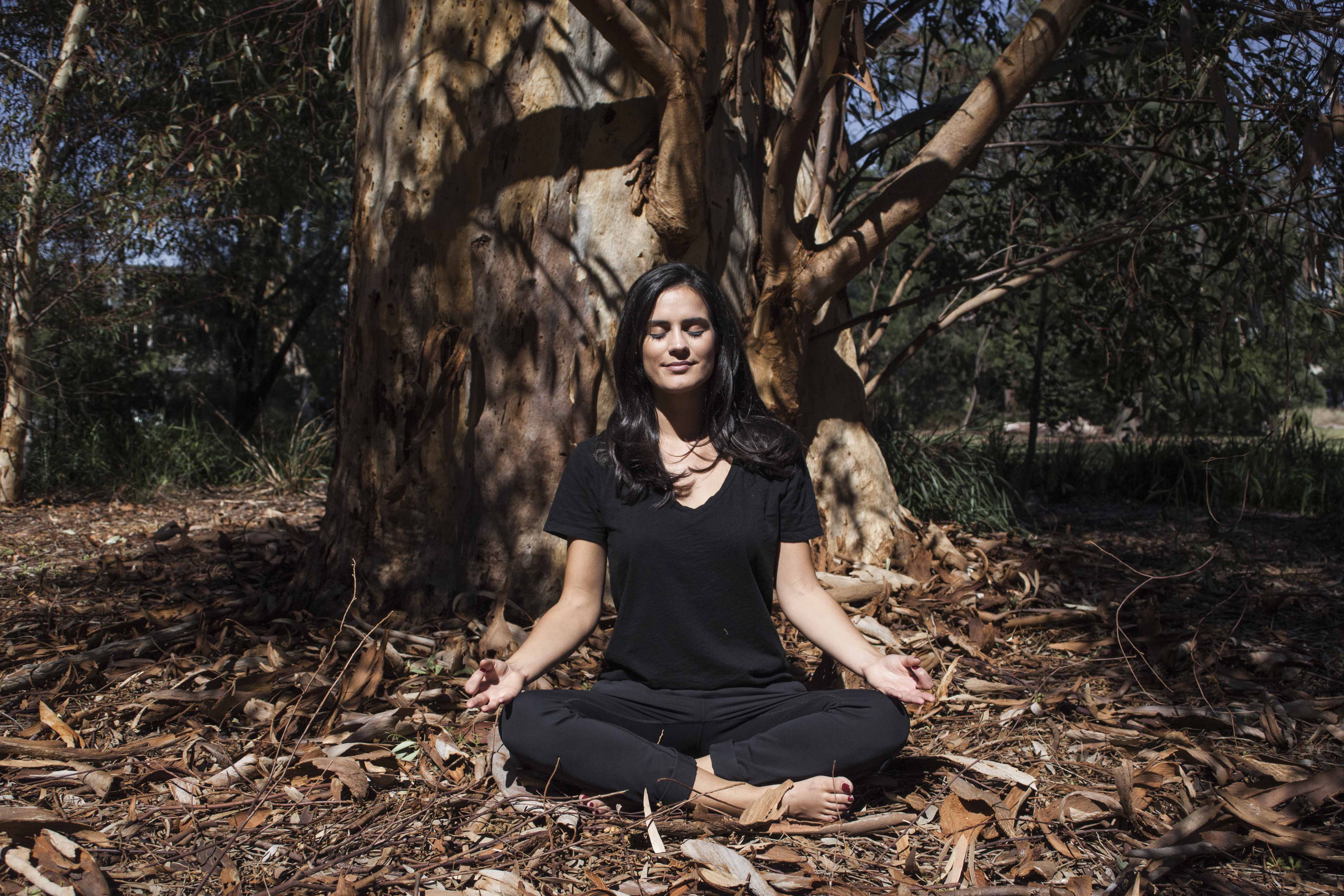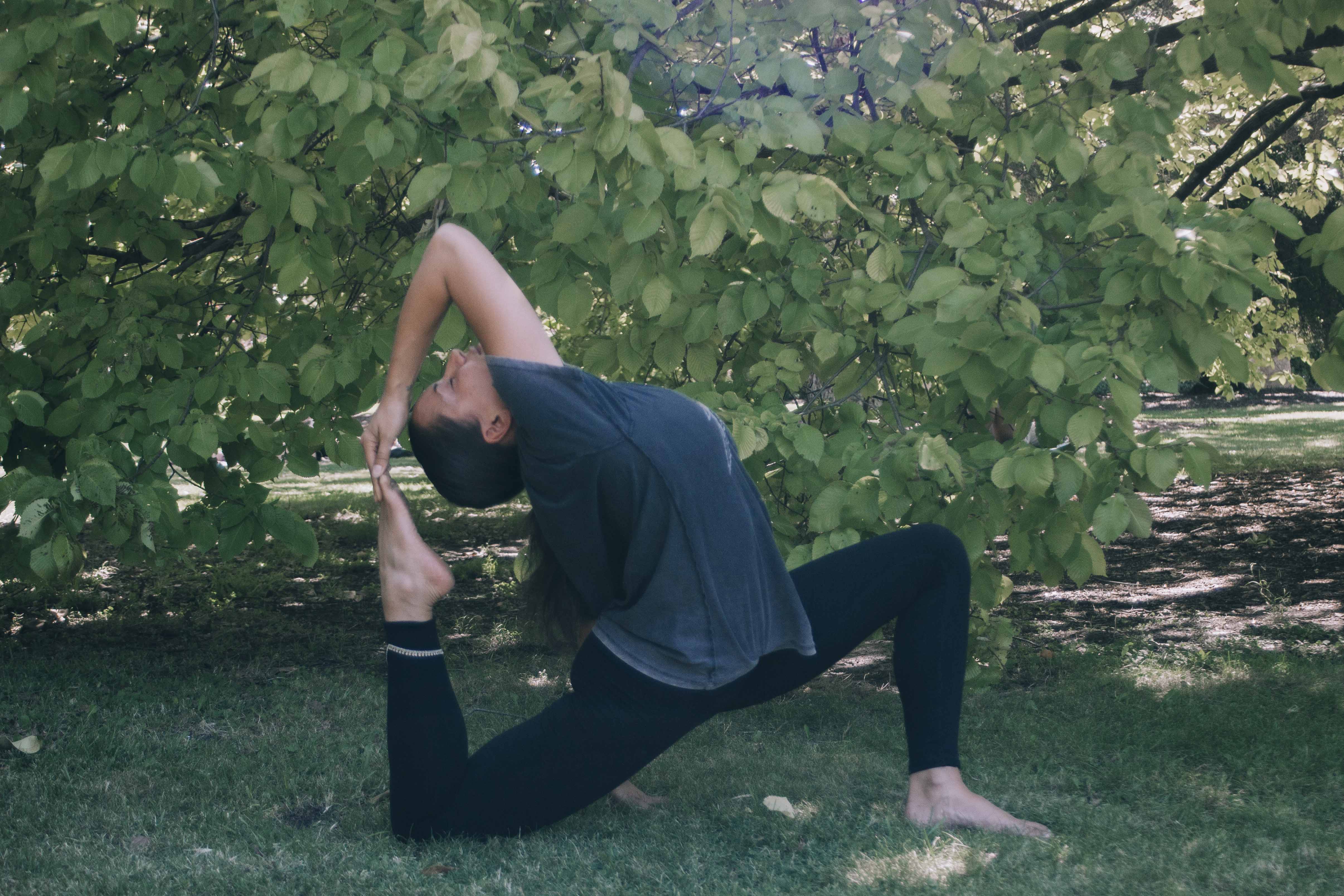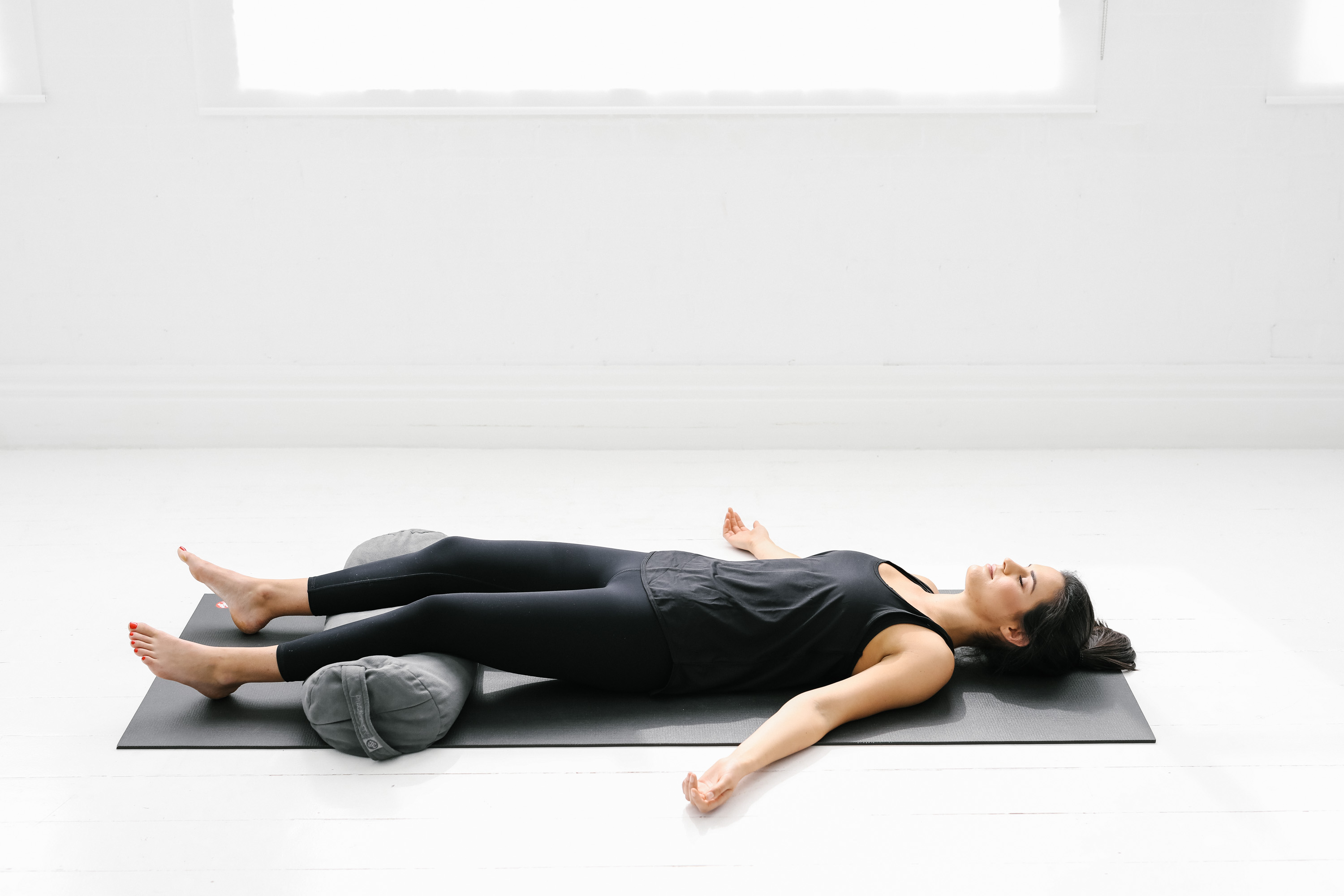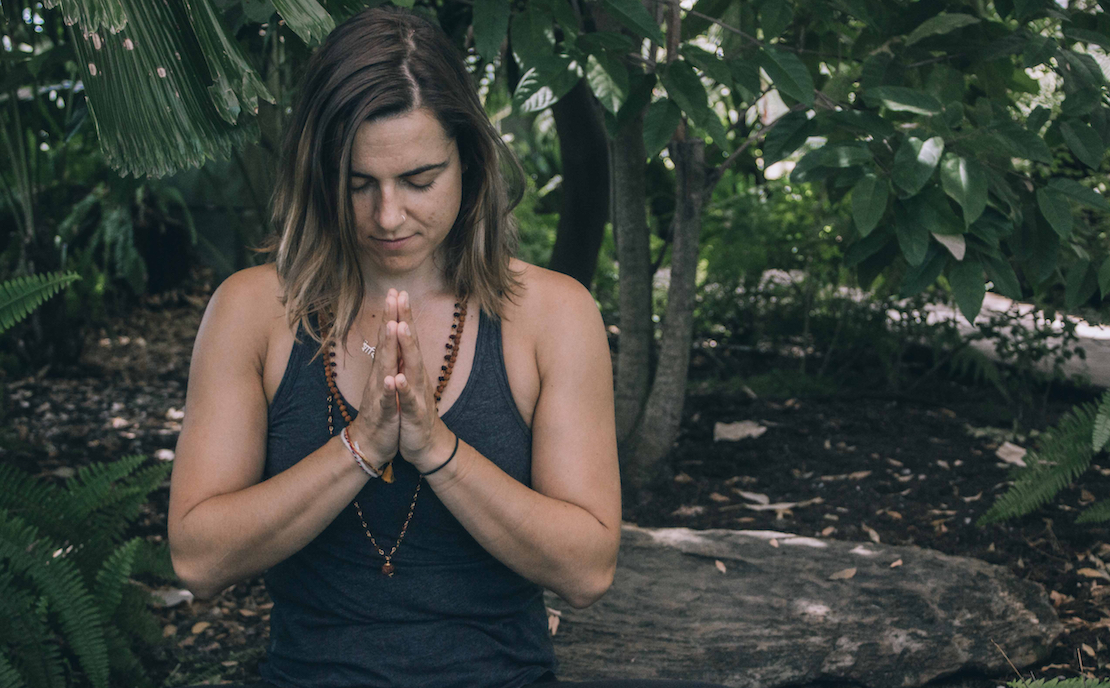30 Jun Things that Happen in Acro Yoga that aren’t the poses
We’re big fans of acro-yoga here at Warrior One. And while it can get you into amazing shapes and very interesting and even challenging transitions, a lot of what we love about this practice goes beyond just the physical, and certainly past what the shapes look like. This practice asks you to take what’s usually a very personal practice and make it a group activity.20 Jun How Yin Balances and Restores
Light and dark, the sun and the moon, yin and yang. We need both sides of the coin in everything we do. And that includes our yoga practice. We can use our practice to help us balance our lives, our tendencies, and our other activities. Most of us tend to lean towards more heat, strength, and stress, whether we mean to or not. Yin is the perfect antidote to a stressful life.29 May How Meditation Can Translate into Everyday Life
People often think that to have a regular meditation practice, they need to be yogis, or living a slow off-the-grid life. Yoga postures and meditation are two different things. While they go perfectly hand in hand and can help each other grow and develop, you can have a meditation practice without stepping into a yoga class. And you will see just as many benefits as any yoga asana practitioner. Here are some of the ways anyone and everyone can benefit from a regular meditation practice.22 May How to Take Your Practice to the Next Level
"The goal is not necessarily to think of progress in your practice as 'moving up' to the next level. Instead, we encourage you to find what inspires, challenges, and allows you to feel good." A lot of yogis will say, the more you know, the less you know. Often the more yoga we do, the harder the practice gets and the more room we feel we have to grow and develop. The beautiful thing about this practice is it’s constantly growing and evolving. In different ways and rates for each and every one of us.16 May Five things to Know about Surya Namaskara
Sun salutations, flows, vinyasa flows, surya namaskara. Heard these phrases before? They can all mean the same or similar things depending on the yoga class you’re in. It usually refers to a series of poses completed one breath per movement towards the beginning of a yoga class. Why do we practice it? And where does it come from? Here are a few facts about the surya namaskara.09 May Why We Should Never Skip Savasana
While some of us would never dream of skipping out on those five minutes of rest and stillness at the end of class, it’s not uncommon for people to leave early, in a rush, to get back to their day. But what we need to remember is that savasana is just as important as every other shape we create in our yoga practice, perhaps more so.02 May How to Take Care of Yourself in Times of Stress
We’re all familiar with feelings of stress and even anxiety. These feelings can often come and go, but sometimes they linger for a little longer than we’d like. Often when we get stressed, we can become less likely to do things to prevent stress. While that doesn’t make sense logically, stress often isn’t logical. It’s nice to remember that we can help ourselves feel better, we just have to remember in the moment. Here are some of our tried and tested ways to look after ourselves in times of stress.25 Apr A Balanced Autumn with Ayurveda
Ayurveda is an ancient art of medicine, which began in India. Now practised all over the world, Ayurveda translates to the science of life. It’s a holistic approach to health and wellbeing that consists of three primary doshas (constitutions); the fiery pitta, earthy kapha, and the airy vata. These characteristics are found in people, seasons, foods, yoga poses, and most other things we do. Ayurveda says that in order to be healthy, we need to be balanced.




